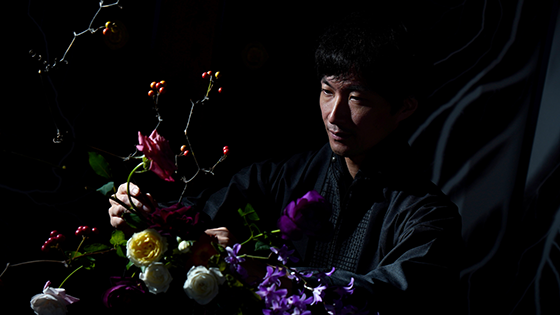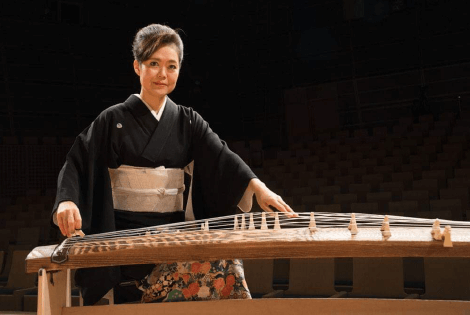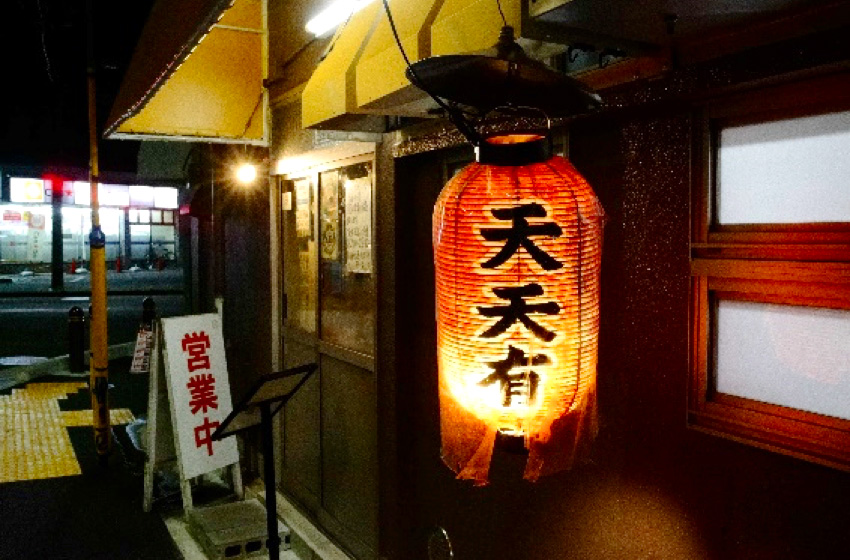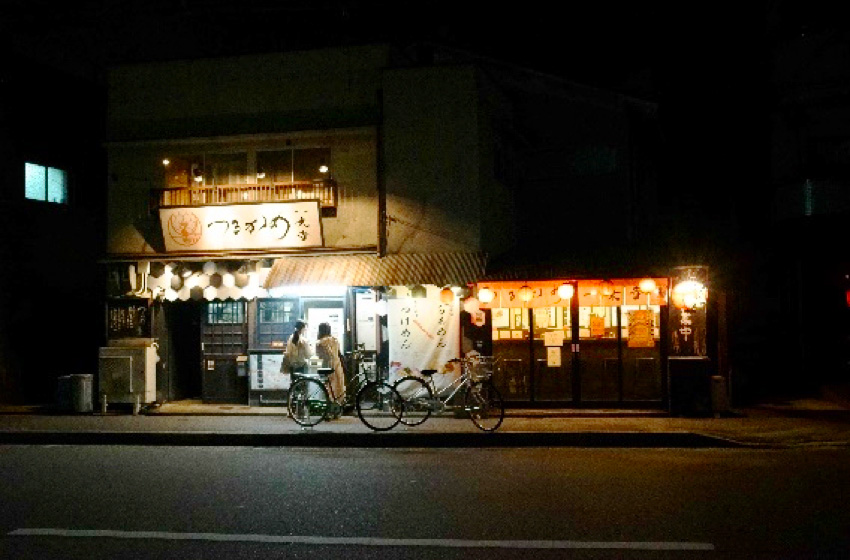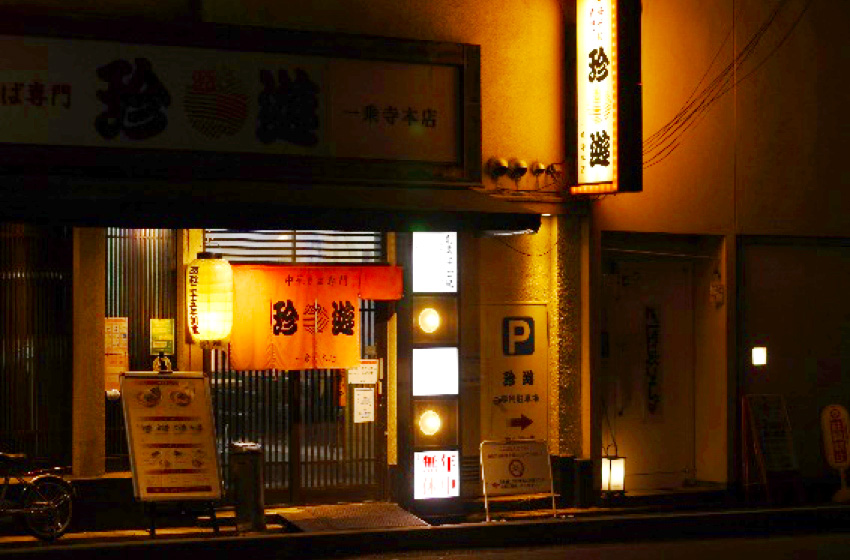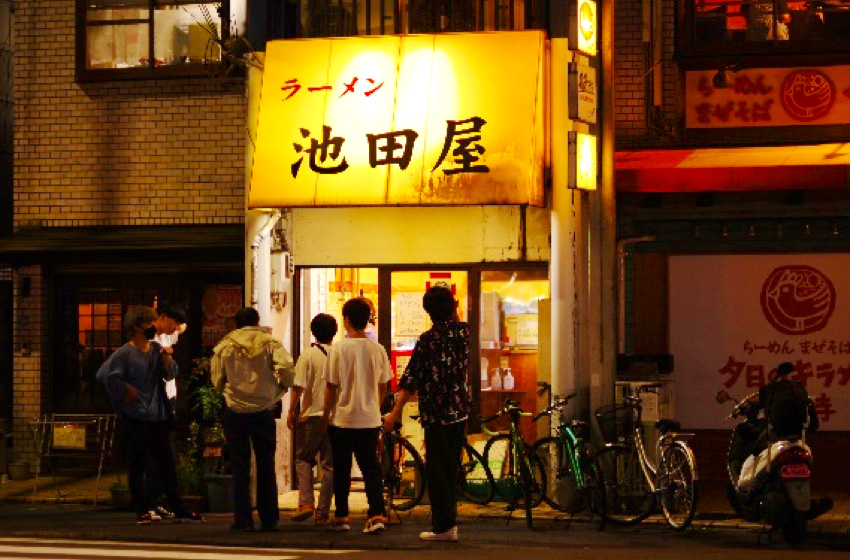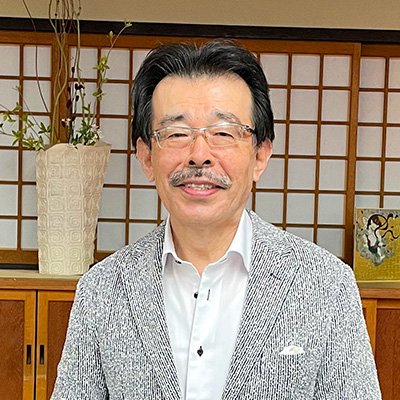Opening Ceremony
- Date & Time
- December 5th, 6:30-7:00 p.m.
- Venue
- Room 1 (ROHM Theatre Kyoto 2F Main Hall)
Celebrate the opening of the 4th World Congress on Endoscopic Ear Surgery with colleagues gathering from around the world. We will hear from the Guests of Honor and Mayor of Kyoto.
A special Ikebana Performance will be given by Mr. Ryuho Sasaoka, the head of the Mishoryu-Sasaoka Ikebana School.
We will also be treated to a performance on the koto (Japanese harp) by Ms. Shoko Otani.
Come and join us!
For more information on the Mishoryu-Sasaoka Ikebana School go to http://www.kadou.net/international/
For more information on Shoko Otani go to https://shoko-otani.jp/
Welcome Reception(Buffet)
* Included in the Registration Fee
- Date & Time
- December 5th, 7:00 p.m.
- Venue
- Kyoto Modern Terrace
(ROHM Theatre Kyoto, Park Plaza 2F)
https://rohmtheatrekyoto.jp/en/floorguide/ - Dress Code
- Smart Casual
Please feel free to join us for a light meal, drinks and good conversation.
Faculty Dinner(Sit down style)
* Registration by invitation only.
- Date & Time
- December 6th, 7:30 p.m.-
- Venue
- The Higashiyama in the Sodoh Higashiyama Kyoto
366 Yasaka Kami-machi, Yasakadori Shimokawara Higashi-iru, Higashiyama-ku, Kyoto City - Google Map
- https://g.page/kyoto_thesodoh?share
- Dress Code
- Business attire
You can join a night-time tour of the Kodai-ji Zen temple before dinner.
Please meet at the Sodoh Higashiyama Kyoto at 6:00 p.m.
Gala Dinner(Sit down style)
* Pre-registration required
- Date & Time
- December 7th, 7:00 p.m.-
- Venue
- Hotel Okura KYOTO 4F banquet hall "Gyoun"
Kawaramachi-Oike, Nakagyo-ku, Kyoto-city - Google Map
- https://g.page/kyotohotelokura?share
- Dress Code
- Semi-formal
Enjoy French cuisine prepared with local ingredients for a unique experience of delicacies of Japan.
*Those who have opted to wear a kimono should gather in the small banquet halls “Kame” and “Tsuru” on the 5F in the Hotel Okura KYOTO (Pre-registration required).
The time to meet will be announced individually.
Sightseeing Concierge
A Sightseeing Concierge is available to Congress attendees during the Congress which will be happy to assist you in planning your sightseeing activities.
his Concierge service will be located next to the Registration Desk and is staffed by four English speakers and one Spanish speaker. The staff will both help plan your sightseeing but is also be available to guide you around sites near the Congress venues on foot.
The Concierge services are provided free of charge, but we ask that you cover the cost of any entrance fees or other expenses incurred by the Concierge staff during any sightseeing activities.
Kyoto Ramen Culture
Today Japanese Ramen is very famous and popular all over the world. Many foreigners love Japanese Ramen. Ramen originated in China and is a Japanese adaptation of Chinese wheat noodle soups.
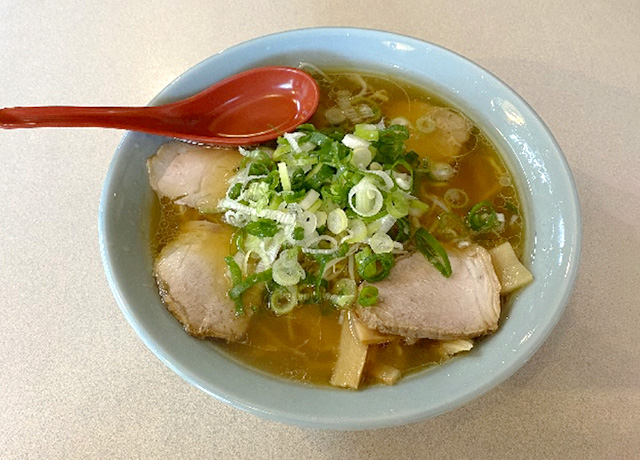
Typical Kyoto Ramen by RANTAN
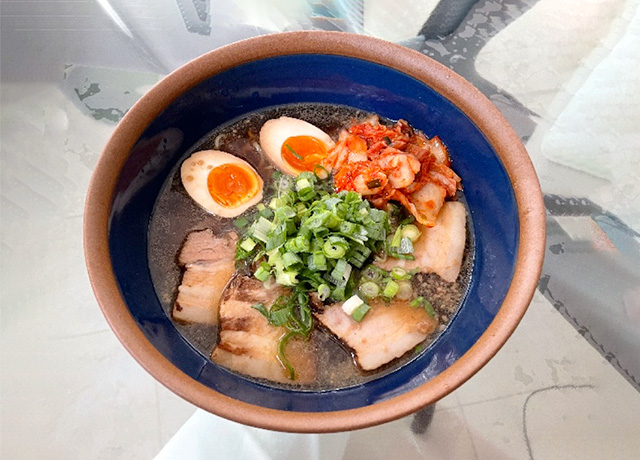
Homemade Ramen by Shin-ichi
According to historians, the most plausible theory is that Chinese immigrants living in Yokohama Chinatown introduced Ramen to Japan in the late 19th or early 20th century. In 1910, the first Ramen restaurant, Rairaiken (来々軒), opened in Asakusa, Tokyo. In 1958, instant noodles were invented by Momofuku Ando, the Taiwanese-Japanese founder and chairman of Nissin Foods. Named the most significant Japanese invention of the 20th century in a Japanese poll, instant Ramen allowed anyone to approximate this dish by simply adding boiling water. In the 1980s, Ramen became a Japanese cultural phenomenon and had spread throughout the world. At the same time, local varieties of Ramen were hitting the national market. They could even be order by their regional names. As a result, today, Ramen is one of Japan's most popular foods.
Many Ramen restaurants have franchised shops which originated in Kyoto. For example, Sapporo Ramen or Hakata Ramen is famous for "Miso Ramen" or "Tonkotsu Ramen," respectively. Kyoto Ramen, however, is very different from these Ramens and cannot be expressed with one word. Instead, Kyoto Ramen is a general term for the three types of Ramen.
- Shoyu (soy sauce) Ramen with thick soup made of pork bone and meat.
Shinpuku-saikan: Origin of Kyoto Ramen, Dai-ichi Asahi and Ramen-Fuji. - Shoyu Ramen with chicken bone soup mixed with pork back fat
Masutani: Origin, Hosokawa, Rairai-tei and Kairiki-ya. - Rich white/brown soup made from chicken bone stock
Tenka-ippin and Ten-ten-You.
Ichijyoji Ramen Restaurants
Most Ramen in Kyoto is made with a rich soup base which contrasts to the image of Kyoto’s more light cuisine. Why such a rich Ramen took root is unknown, and Kyoto ramen culture represents a contrasting trend in Kyoto's food culture. You can enjoy organic or vegan Ramen that a French chef cooks in an artistic atmosphere like a fancy restaurant. The Michelin Guide even lists some Ramen restaurants. Ramen in Kyoto is continuing to evolve into not mere Ramen but an independent cuisine.
We recommend that all EES2022 participants take a stroll through the Ichijyoji Ramen Street which you can find at the following link.
https://kyoto-kanko.net/en/kyoto-spot/ichijoji-ramen-street/
Please take the time to enjoy Kyoto Ramen!
